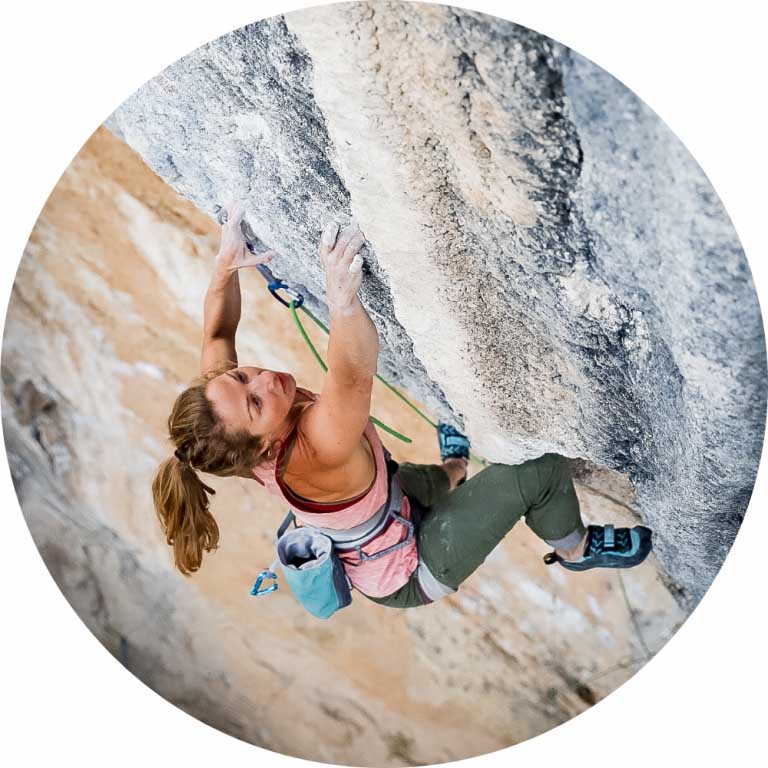Female Climber Series: RESEARCH | The Menstrual Cycle & Injury Risk
This week coach Maddy discusses a longitudinal study (4 year period) that has just been published, showing the impact of the menstrual cycle on injury risk.
The study showed that soft tissue injury risk was greater in the late follicular phase (around ovulation) and in the days after menstruation was expected to start (think late period!).
The study was done using injuries recorded in footballers, so the areas of the body that are under stress during training or play are likely different to in climbing (although knee and lower limb injuries do occur in climbing!).
However, it is still worth being aware of some takeaways from this, that could help us in our training.

Be aware of muscle and tendon injuries during the late follicular phase (around ovulation)!
1- If we are feeling fatigued from training it could be worth taking a flexible approach to your training and avoid doing higher intensity or higher coordination sessions while tired. Be aware of your injury “hotspots” and try and work around these.
2- If we are recovering from a soft tissue injury this may not be the best time to progress exercises, experiment with introducing climbing or increasing the intensity of climbing.
3- This is a phase that can be associated with high energy, so keep track of time during high-intensity sessions and stop strong.
Be aware of potential injury risk when your cycle extends!
1- RED-S and menstrual dysfunction has been linked to increased injury risk, but this is the first time injury risk has been shown to increase in extended menstrual cycles.
2- This means that even if this just happens for one cycle it is worth being aware of right there and then (not just in terms of thinking about training and nutrition in the long term).
3- The first step to knowing if your period is late is to be tracking. For those who work with a coach, late periods should be talked about and taken into account in training.






